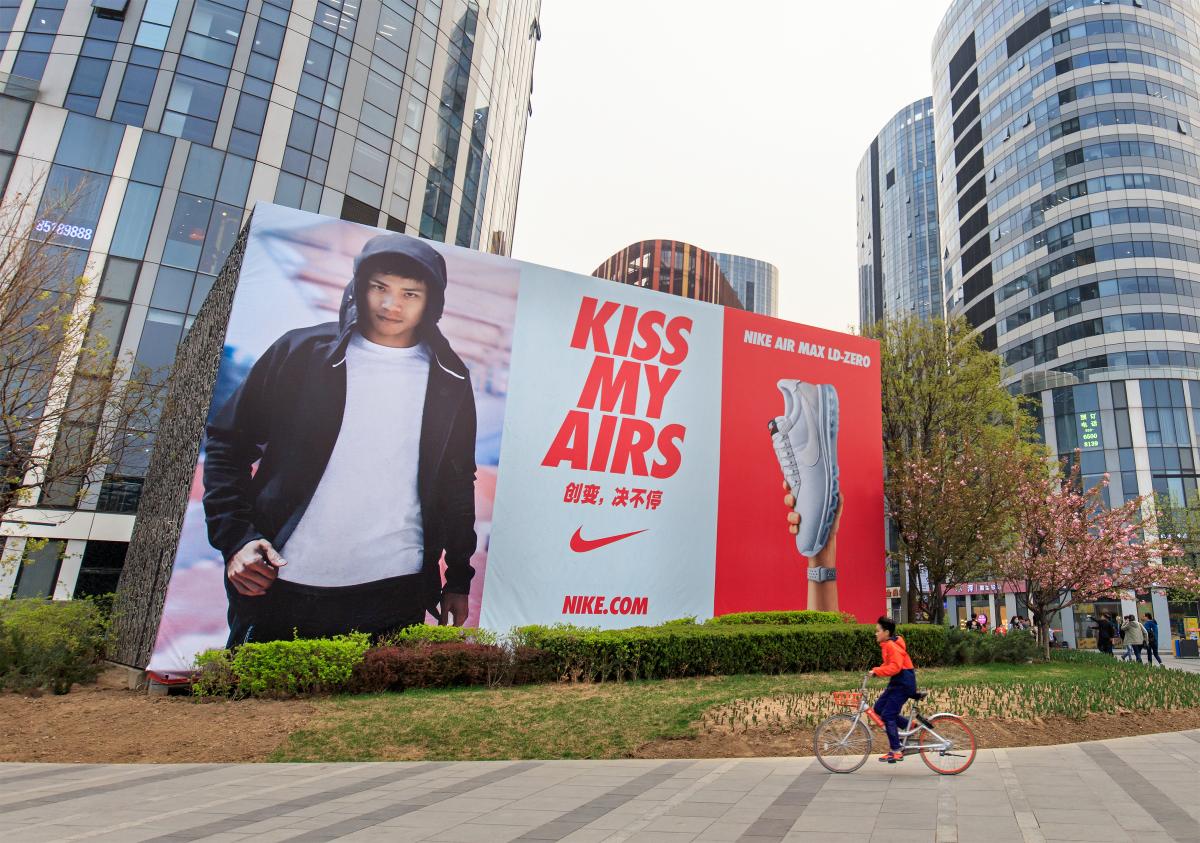With Foxconn replacing 60,000 workers in China and Nike looking to relocate production to automated factories in Mexico, half the total jobs in parts of Asia could be at risk, warns the ILO
In the public mind, one of the most pressing concerns around AI is the prospect of mass automation; of robots cutting a swathe through the jobs market. And it’s not without foundation. As software gets ever more sophisticated, machines will be able to take on an ever-wider range of functions.
The entrepreneur Elon Musk is among those warning of the potential consequences. “Robots will do everything better than us … They will take your jobs [and the] government will have to pay your wage.”
Depending on the speed of AI rollout, the consultancy McKinsey claims that as many as 700 million jobs could go by 2030. PwC suggests that 30% of those in the UK could be automated by around the same time, compared to 38% in the US and 21% in Japan.
Some of the hardest-hit could be developing countries that have recently industrialised and enjoyed a boom thanks to low-cost labour. Research by Oxford University economists concluded that no fewer than 77% of Chinese jobs were at risk. Foxconn, for example, which manufactures components for major brands, including Apple, has recently replaced around 60,000 Chinese workers with robots.
Just because it is technically feasible to replace a human worker with a robot, doesn’t mean it’s economically attractive to do so
With automation poised to sweep through the apparel industry, millions of jobs in factories across south and east Asia could vanish. AI-powered 3D printing and other technologies could speed the nascent “reshoring” trend, relocating manufacturing closer to consumer markets. After all, when a “sewbot” can produce a fully finished t-shirt in 22 seconds flat, what price a human machinist? The International Labour Organisation suggests that more than half the total jobs in Cambodia, Vietnam, Thailand, Indonesia and the Philippines are at risk.
There is something of an irony here. Companies like Nike drew flak back in the 1990s for allegedly using child labour in its Asian factories. In response, it invested a lot of time and money in cleaning up its act, and won plaudits for doing so. Now it faces another potential wave of criticism – not for poor treatment of its workers, but for having no workers at all. (Or a lot fewer of them, anyway.) The extent to which that will happen is uncertain. Nike is working with high tech manufacturing company Flex (See Our problem with automation is a labour shortage) on a new automated system in a Mexican factory that can both drive down costs – not least on labour – and allow for rapid introduction of fast-fashion premium designs, so driving up profits.

The appeal to investors is obvious. At an investor presentation in October 2017, a succession of Nike executives, including chief operating officer Eric Sprunk, enthused about new production methods that will require substantially less labour - with reductions of between 30% and 60% cited, depending on the product.
Nike did not agree to requests for an interview for this article, but issued a statement insisting that: “We are not looking to eliminate labour from our current source base. We will continue to work with our factory partners, and as more innovative and efficient manufacturing solutions enter the supply chain, the profile of the labour force will evolve over time. It will require a more skilled workforce as we make way for new methods of making product to support a more sustainable and long-term supply chain.”
Sprunk was previously quoted in the Financial Times as claiming that automation would not mean a net loss of jobs in its supply chain overall, but that “certain countries will see a change in the labour base”.
Put all these comments together, and it does rather sound as though the human-heavy factories in Asia could lose out – although in fairness, there’s no obvious sign of that happening just yet.

As to the developed world, it’s not just the obvious candidates – factory workers, truck drivers and supermarket staff – who are vulnerable, says PwC. While transport, manufacturing and retail could shed half their current jobs, some of the early losses could be in sectors like finance, insurance, law and accountancy, where AI can take over relatively routine tasks such as risk and data analysis.
Men are more at risk of losing their jobs than women, and those with few educational qualifications
In insurance, for example, AI software can sort through all the vast range of personal data – from social media updates to selfies to the view of your house on Google Earth – and make a personalised risk assessment for everything from medical to theft cover within seconds. Software could revolutionise legal work, too. A consultancy called Ownet has developed an AI tool that can scan 10,000 contracts in 50 seconds, extracting key information relevant to any particular case. It would take a human 3,300 hours to do the same task.
Deloitte reckons that 39% of legal roles could be automated within a decade. Another study, based on data from Oxford University, suggested that an astonishing 95% of accountants could lose their jobs to an AI equivalent. So much for accountancy’s reputation as the boring but safe profession.

Further down the line, automation could seep into some unlikely-sounding sectors. A poll of 140 AI experts by McAfee concluded that surgeons, radiographers and air traffic controllers could all be for the chop. Other studies pick out everyone from construction workers to farm labourers, and even – heaven forfend – journalists. Already, some simple news updates, mainly on sport and finance, are generated without a human touch on a keyboard, although those specialising in longer analytical pieces (like, er, this one) might be safe – at least for now.
Fiction authors, too, can sleep easy for a while longer, if the unintentionally hilarious attempt of an AI machine to write a Harry Potter sequel is anything to go by. Composers, though, are a different matter: computer-generated music is already “a thing”, with Amper claiming to be able to produce professional sounding tracks within seconds. The first AI-generated single, “Break Free”, was released in August.
Jobs requiring a human touch such as teachers and nurses are least likely to be replaced with robots
Overall, says PwC, men are more at risk of losing their jobs than women, and those with few educational qualifications, unsurprisingly perhaps, more vulnerable than PhD-touting scientists. Jobs requiring a human touch – teachers, nurses, carers, social workers, therapists, artists – are least likely to be replaced with robots. Ironically, these include some of the lowest status jobs – security guards, say, or caretakers. Apart from the inherent advantage of having a human in such roles, Van Biljon points out, they are also likely to be cheaper than an automated replacement. Hawksworth agrees: “Just because it is technically feasible to replace a human worker with a robot, doesn’t mean it’s economically attractive to do so.”
This is part of our in-depth briefing on AI. See also:
Can we turn AI into a force for good?
How AI and robotics can transform CSR
Comment: 'We can't leave Silicon Valley to solve AI's ethical issues'
Machine learning: how firms from Danone to Sodexo are integrating AI
First, do no harm: regulators and tech industry scramble to tame the AI tiger
AI explainer: why machines have an edge
'With AI polluters will have nowhere to hide'
Apocalypse soon? Tech giants warn of risks of 'AI arms race'
'Our problem with automation is a labour shortage, not surplus'

